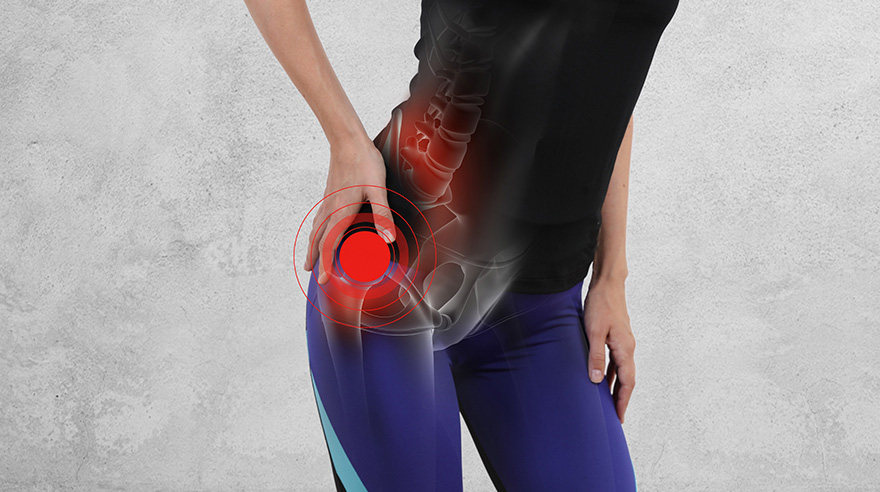Understanding and Managing Hip Pain After Running: Causes and Solutions

Introduction:
Hip pain after running is a common concern among avid runners and athletes. It can
hinder performance, disrupt training schedules, and sometimes lead to serious
injuries if not addressed properly. In this article, we will explore the various causes of
hip pain after running and provide effective solutions to manage and prevent it,
enabling runners to maintain their passion for running while staying injury-free.
The Anatomy of the Hip
The first step in understanding hip pain after running is to grasp the complex
anatomy of the hip joint. The hip joint is a ball-and-socket joint, connecting the femur
to the pelvis. It consists of muscles, tendons, ligaments, and cartilage, all of which
play crucial roles in supporting and stabilizing the joint during running.
Common Causes of Hip Pain After Running
Several factors can contribute to hip pain after running. Among the most prevalent
causes are muscle imbalances, overuse injuries, improper running form, and
tightness in the hip flexors and hamstrings. Identifying the root cause is essential for
effective treatment and prevention.
Overuse Injuries and Training Errors
Overtraining and pushing the body beyond its limits can lead to overuse injuries,
including hip pain after running. Ignoring rest days, sudden increases in mileage or
intensity, and inadequate recovery can strain the hip joint and surrounding
structures, leading to discomfort and pain.
Hip Flexor Strain
Hip flexor strain is a frequent cause of hip pain after running. The hip flexors play a
significant role in hip mobility and are heavily engaged during running.
Understanding how to properly stretch and strengthen these muscles can help
prevent and manage hip pain.
IT Band Syndrome and Hip Pain
The iliotibial (IT) band is a thick band of tissue running along the outside of the thigh,
connecting the hip to the knee. Overuse or improper biomechanics can cause the IT
band to become inflamed, leading to hip pain after running. Effective stretching and
targeted exercises can alleviate discomfort.
Addressing Muscle Imbalances Through Cross-Training
Cross-training activities that target the hip and surrounding muscles can help correct
imbalances and reduce the risk of hip pain after running. Incorporating exercises like
swimming, cycling, and strength training can enhance overall muscle stability and
support the hip joint during runs.
Preventive Measures and Recovery Strategies
Prevention is key to managing hip pain after running. Adopting proper warm-up and
cool-down routines, maintaining a consistent stretching regimen, and using suitable
footwear are essential preventive measures. In case of pain, timely rest, ice, and
seeking professional advice can aid in recovery.
Conclusion:
Hip pain after running should not be ignored, as it can escalate into more severe
issues if left untreated. By understanding the anatomy of the hip, recognizing
common causes, and implementing appropriate preventive and recovery strategies,
runners can effectively manage hip pain and continue to enjoy their passion for
running safely. Remember, listening to your body, taking adequate rest, and seeking
professional guidance are vital steps towards a healthy and sustainable running
journey